2024/2025 Tax Rates and Allowances
The tax year runs from 6 April. Here’s an overview of the main tax rates, allowances and national Insurance contributions that you need to be aware of for the tax year starting 6 April 2024.
If you have any questions, would like to understand what rates specifically apply to yourself, or what allowances are available, please get in touch.
Income tax
These figures apply to tax paid in England, Wales and Northern Ireland.
If you are based in Scotland, please refer to this link:
https://www.gov.uk/guidance/rates-and-thresholds-for-employers-2024-to-2025
| PAYE tax rate | Rate of tax | Annual earnings the rate applies to (above the PAYE threshold) |
| Personal allowance | 0% | Up to £12,570 |
| Basic tax rate | 20% | £12,571 to £50,270 |
| Higher tax rate | 40% | From £50,271 to £137,710 |
| Additional tax rate | 45% | Above £137,710 |
Example
If you earn a self-employed or salaried income of £60,000 in England, Wales or Northern Ireland during the 2024/25 tax year, you’ll pay:
- 0% on the first £12,570
- 20% on the next £37,700 (£50,270 – £12,570)
- 40% on the remaining £9,730 (£60,000 – £50,270)
- Total income tax £11,432
National Insurance
There are different types of National Insurance, known as ‘classes’, and the class that you pay depends on the source of income. Here’s an overview:
- Class 1 (Primary): Employees pay this on the wages they earn working for an employer.
- Class 1 (Secondary): Paid by employers as a contribution towards their employees’ National Insurance.
- Class 1A or 1B: Some employers may also need to make NI contributions on the equivalent financial value of any work benefits, (sometimes known as Benefits in Kind, or BiKs) if they provide them to employees.
- Class 3: These are voluntary contributions that you can make if you need to top up the amount of National Insurance you paid in a tax year.
- Class 4: Depending on how much they earn, self-employed people might also pay Class 4 National Insurance on income earned from their business activities.
You might pay more than one type (or class) of National Insurance in the same tax year. This can happen for example if you work for someone as an employee, as well as earning your own self-employed income.
Class 1 Primary National Insurance for employees
As an employee the amount you contribute to National Insurance will depend on how much you earn.
| Weekly Threshold | Annual Threshold | |
| Lower Earnings Limit (LEL) | £123 | £6,396 |
| Primary Threshold | £242 | £12,570 |
| Upper Earnings Limit (UEL) | £967 | £50,270 |
Lower Earnings Limit – if you earn less than this amount, you won’t incur National Insurance, or accrue benefits such as qualifying payments towards your State Pension.
Primary Threshold – this is the level at which employees start paying National Insurance. If you earn below this amount, but above the LEL, you won’t incur National Insurance, but will earn credits towards National Insurance benefits.
Upper Earnings Limit – if you earn between the Primary Threshold and this level, you will contribute 8% of your salary as National Insurance. Any earnings above the UEL will incur National Insurance at 2%.
Class 1 (Secondary) National Insurance for employers
National Insurance for employees actually consists of two parts. The primary part is their own contribution, which comes out of their pay, and then there’s a secondary contribution which their employer makes.
As an employer you’ll need to tell HMRC about the deductions that you make on behalf of your employees, as well as the contributions that you make as their employer. This information is reported to HMRC using the PAYE system.
| Weekly Threshold | Annual Threshold | |
| Secondary Threshold | £175 | £9,100 |
The amount you will need to contribute is 13.8% of the employees’ salary. It is only applicable on earnings above the Secondary Threshold.
Class 1A or 1B National Insurance for employers
As well as making National Insurance contributions on the wages that they pay their staff, employers must also make Class 1A and 1B National Insurance contributions on the equivalent financial value of any work benefits (known as Benefits in Kind, or BiKs) which they provide to employees. The rate of Class 1A and 1B National Insurance is the same as Class 1 (Secondary) National Insurance.
Class 4 National Insurance for self-employed individuals
If you work for yourself then may need to make National Insurance contributions on your self-employed income, depending on how much you earn. Your self-employed National Insurance contributions are worked out as part of your Self Assessment tax return. These are calculated as a percentage of your profits, not your total income. So make sure you claim tax relief on your expenses!
Class 4 self-employed National Insurance thresholds and rates
Here is a breakdown of the applicable thresholds:
| Annual Threshold | |
| Small Profits Threshold (SPT) | £6,725 |
| Lower Profits Limit (LPL) | £12,570 |
| Upper Profits Limit (UPL) | £50,270 |
Small Profits Threshold – you won’t need to pay any National Insurance contributions on profit you make from self-employment below this level. However, you can make voluntary payments to fill any gaps on your National Insurance record.
Lower Profits Limit – Once your self-employed profits reach the LPL, you’ll start paying Class 4 National Insurance contributions at a rate of 6%.
Upper Profits Limit – if your self-employed profits exceed this threshold, you will incur Class 4 National Insurance contributions at a rate of 2%.
Dividend Tax
Dividend Allowance
The dividend allowance is changing, with the current £1,000 threshold reducing in April 2024. The dividend allowance for each year is:
- 2022/23: £2,000
- 2023/24: £1,000
- 2024/25: £500
The good news is that you can use the dividend allowance as well as your personal tax allowance. In the 2024/25 tax year you could potentially earn a salary of £12,570, plus receive a dividend of £500, without incurring tax or National Insurance.
Dividend Tax Rates
The rate of dividend tax that you pay depends on which rate of income tax you pay. It is based on your tax band, which is calculated by adding the total amount of your dividend income to your other income in the same tax year.
| Tax band | Tax rate |
| Basic rate taxpayers | 8.75% |
| Higher rate taxpayers | 33.75% |
| Additional rate taxpayers | 39.35% |
Capital Gains Tax (CGT)
Capital Gains Tax annual exempt amount
The annual exempt amount (also known as the AEA) is the amount of gain you can make in a year before starting to pay tax on it. You’ll pay Capital Gains Tax (CGT) on the total gains you make in a year above the annual exemption threshold (and you can still use the personal tax allowance too).
| Tax year | Annual Exempt Amount |
| 2022/2023 | £12,300 |
| 2023/2024 | £6,000 |
| 2024/2025 | £3,000 |
Capital Gains Tax rates (2024/2025)
| Basic rate taxpayers | Higher rate taxpayers | |
| Gains from residential property (not including main residence) | 18% | 24% |
| Gains from other chargeable assets | 10% | 20% |
Corporation Tax
Corporation Tax Rates
From 1st April 2023, Corporation Tax moved from a flat rate (19%) to a tiered system, based on how much profit your company makes.
- Profits up to £50,000 will continue with the existing rate of 19%.
- Companies making profits over £250,000 will see Corporation Tax increase to 25%.
- Marginal relief will offer a gradual increase for those falling between the two.
VAT
VAT Rates
Different rates apply depending on the goods or services sold. Here’s a breakdown:
| Rate | Tax rate |
| Zero rate – applies to certain essentials such as food and children’s clothing | 0% |
| Reduced rate – applies to certain goods and services such as electricity and gas | 5% |
| Standard rate – the rate applied to most goods and services | 20% |




